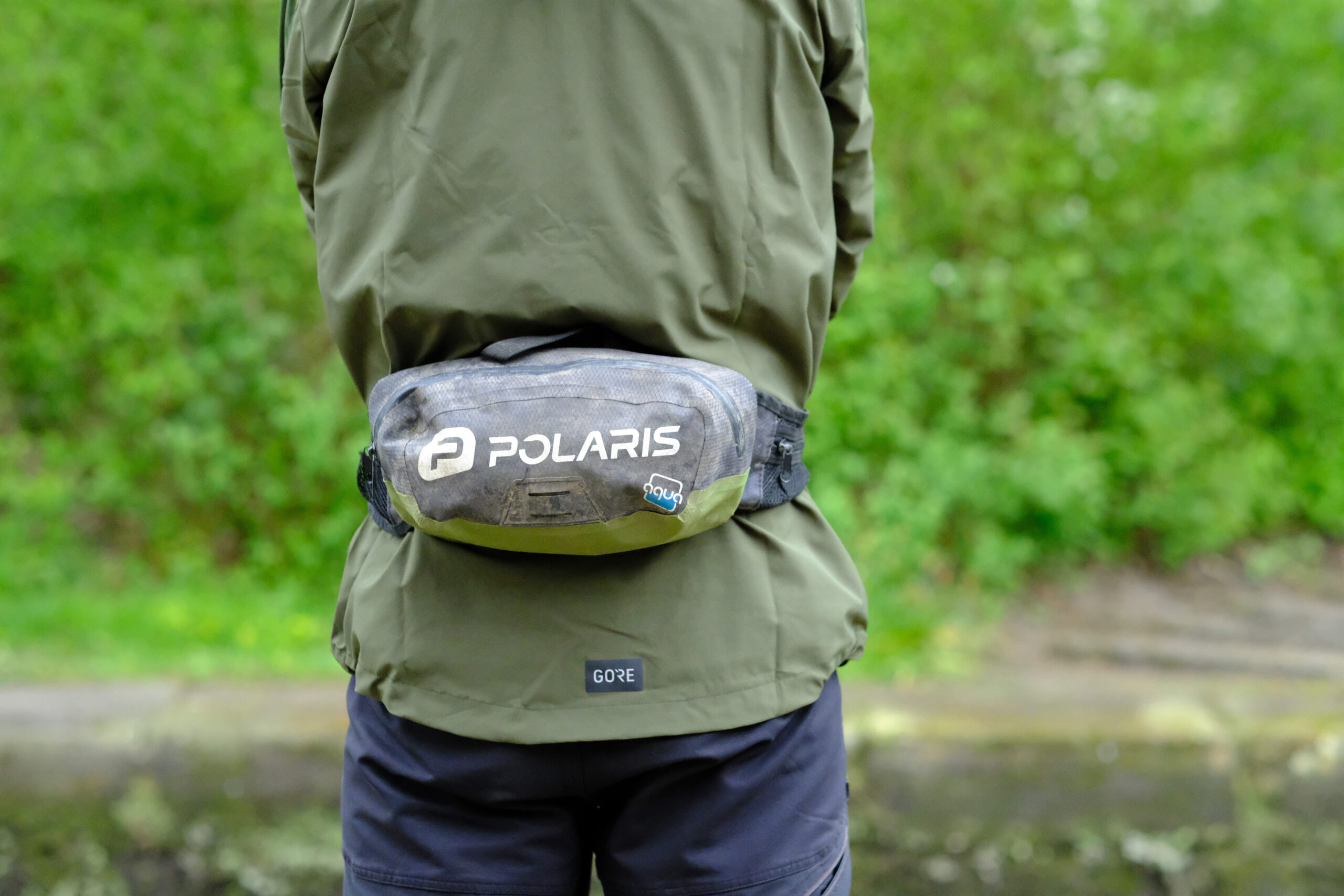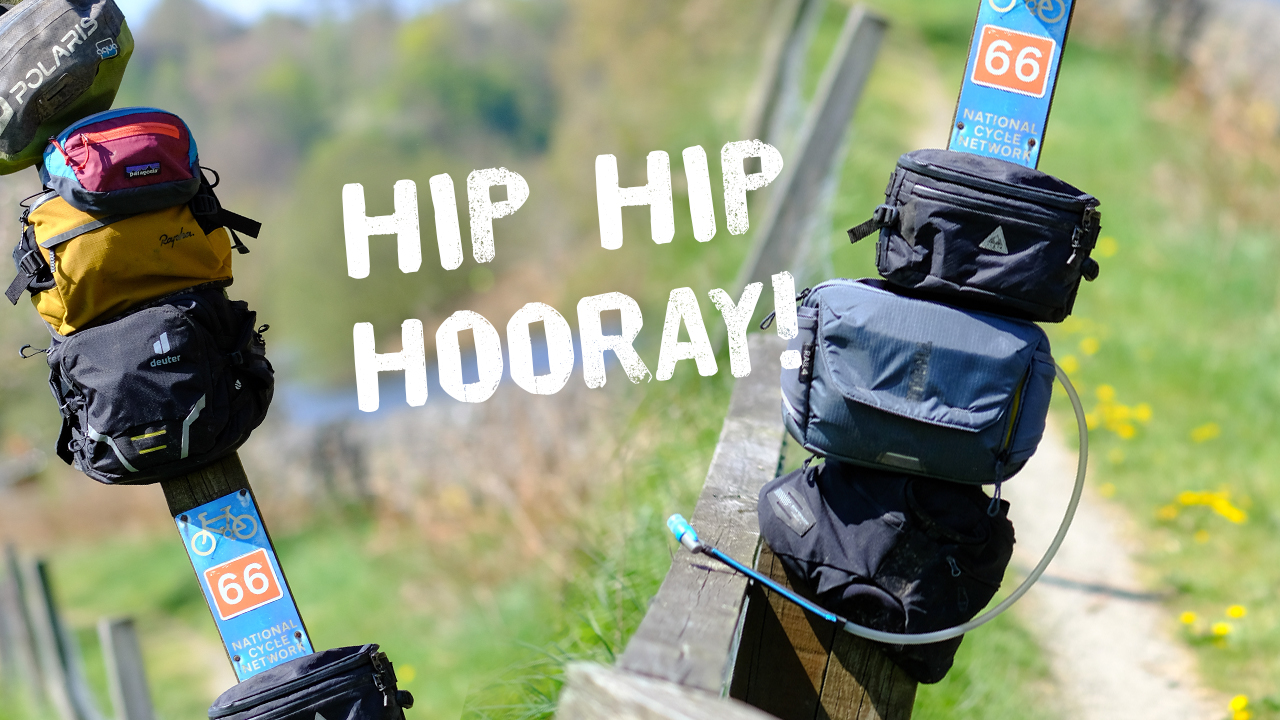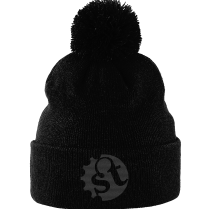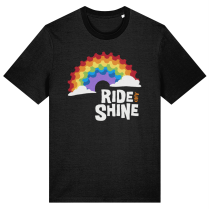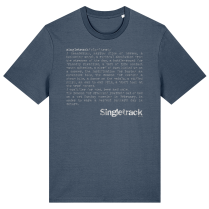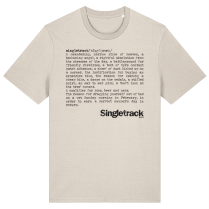Benji tests out some modern hip packs that can cater for all but the furthest adventuring of riders.
Words Benji Photography Amanda
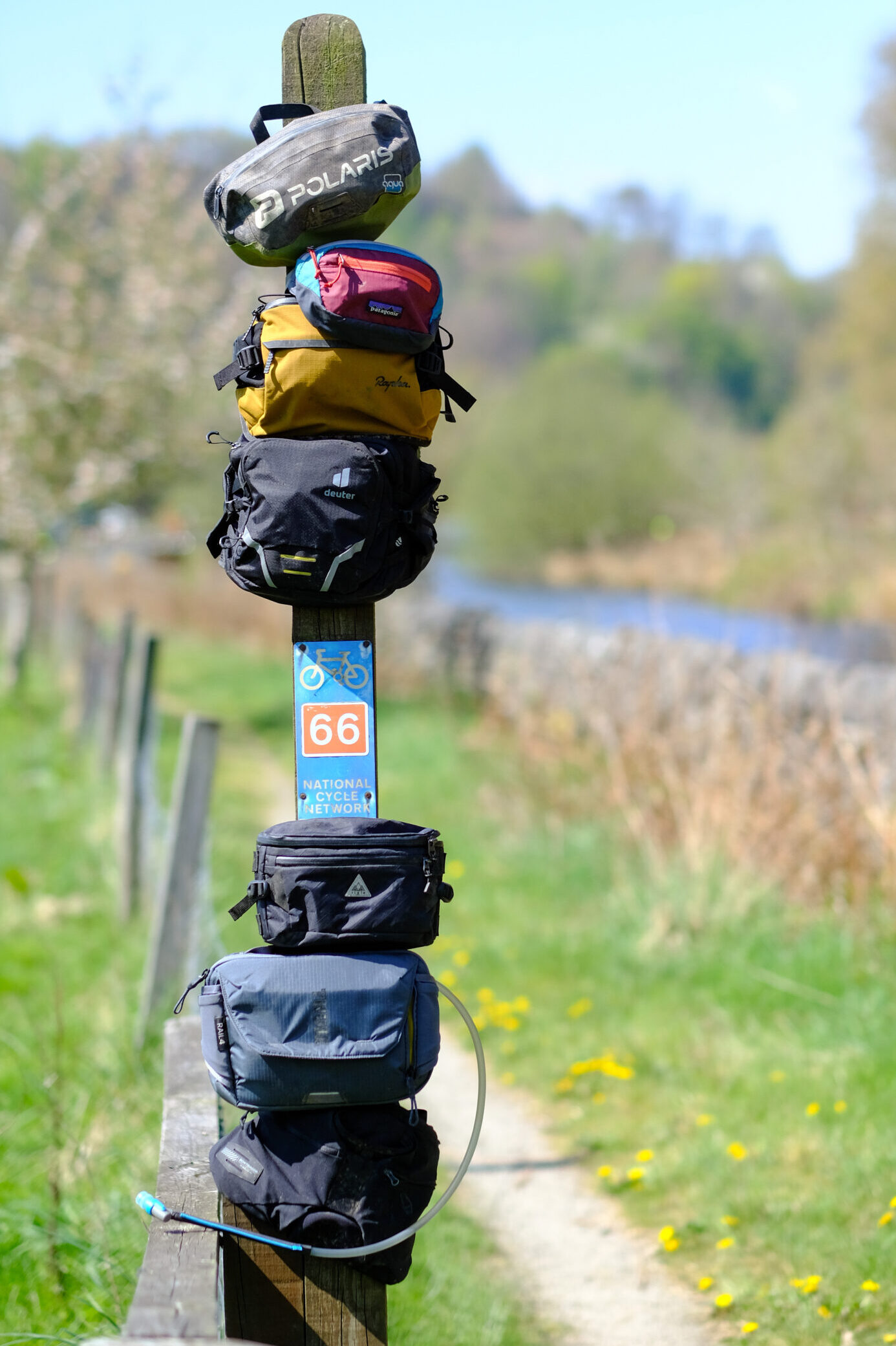
The return of the humble water bottle and the widespread ditching of hydration backpacks has been one of the more unexpected developments in 21st century mountain biking. Back in the noughties, you would never have found anyone remotely interested in rocking a bumbag on a mountain bike.
While the adoption of hip packs came along relatively slowly after the all-too-eager adoption of water bottles, a lot of folk have become tired of trying to jump through hoops to attach spares and tools to the frame and just want to ride their flipping bike now please. And thus, hip packs are back.
Latest Singletrack Merch
Buying and wearing our sustainable merch is another great way to support Singletrack
Bikes are more reliable than ever and we no longer have to carry a metric ton of tools and spares to get around even modest routes these days. Remember the good (bad) old days of carting around two or three inner tubes, a spare rear mech, a big pump and at least two different multitools? We don’t need ten litres of storage anymore. And man, does it feel good to never experience the shoulder straps of rucksacks ever (well, hardly ever) again.
What do I look for in a hip pack?
Aside from the simple aspect of getting a pack that will hold whatever stuff you need to take with you on various types of differing rides (local blasts, Sunday socials, big mountain day trips, etc.), the main thing I want in any hip pack is to forget that it’s there. It’s a tricky thing to achieve. If a hip pack is not significantly more ‘invisible’ to wear than a rucksack, then what’s the point?
The overall pack needs to be supple enough to conform to your body, but not so thin that it flops about or its contents poke you in the back. Deep waistband/wings are a good idea; they’re less hotspotty or pinchy than narrow ones. Even better if they have a bit of elastic give in them. Some sort of quick access side pockets are fairly compulsory too. Just having a multitool immediately to hand on a ride prevents a whole sphere of faff.
As for the bladdered packs, I don’t want excess hose lolling about or attached by insubstantial clips/magnets. I can live with mediocre bite valves, but distracting hoses are a big no-no. Similarly, a decent way of retaining excess waistband and other adjuster straps is pretty essential in my view. It’s very annoying to have straps flapping around.
What do I take out with me when I ride?
Well, it can vary, but I’d say the most common kit is: phone, keys, CO2 with inflator, a multitool and some sweets. But this is for frequently done local loops of modest amplitude. If I go further afield, for longer, I take a mini pump instead of CO2 and pack an inner tube in there too. And possibly an extra layer of clothing that packs down small.
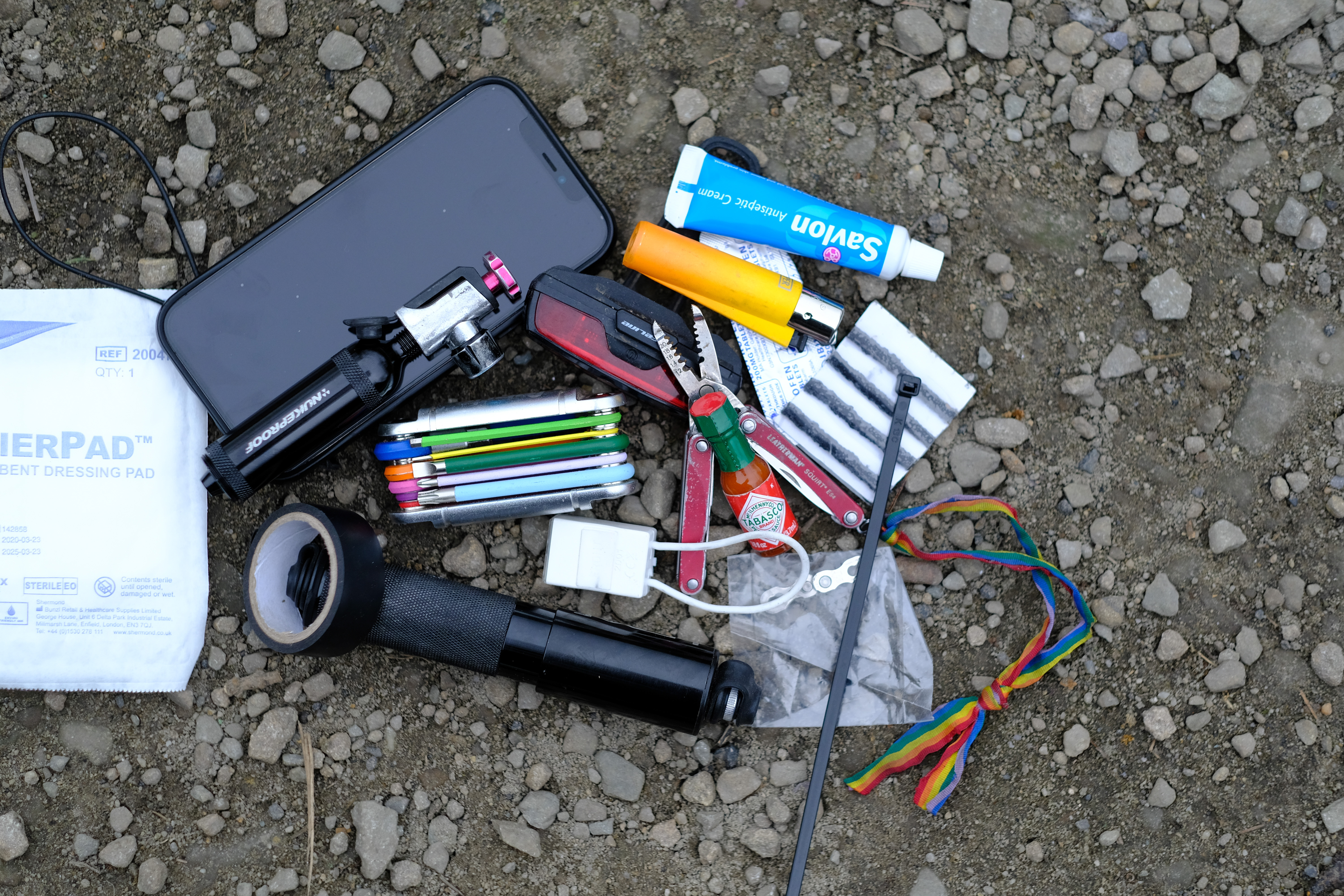
One thing to talk about with hip packs is whether you should bother with ones that have bladders. Usually I’d just say no, don’t. The bladders are a faff to install, they use up all the storage space, and the hoses are annoying (and potentially dangly-dangerous) during riding. But there are two caveats here. Actually, make that three.
Number one: if I need loads of water on a ride, I’d use one of the four thousand hydration rucksacks I seem to own. I’m lucky.
Number two: I’d take a bladdered bumbag on long rides, but I’d leave the hose at home (and use the bladder to decant water into a bottle on my bike). This depends if the bladder can be run without a hose and not leak, of course.
Number 3: there’s one hip pack with a bladder and hose in this test that actually works for once!
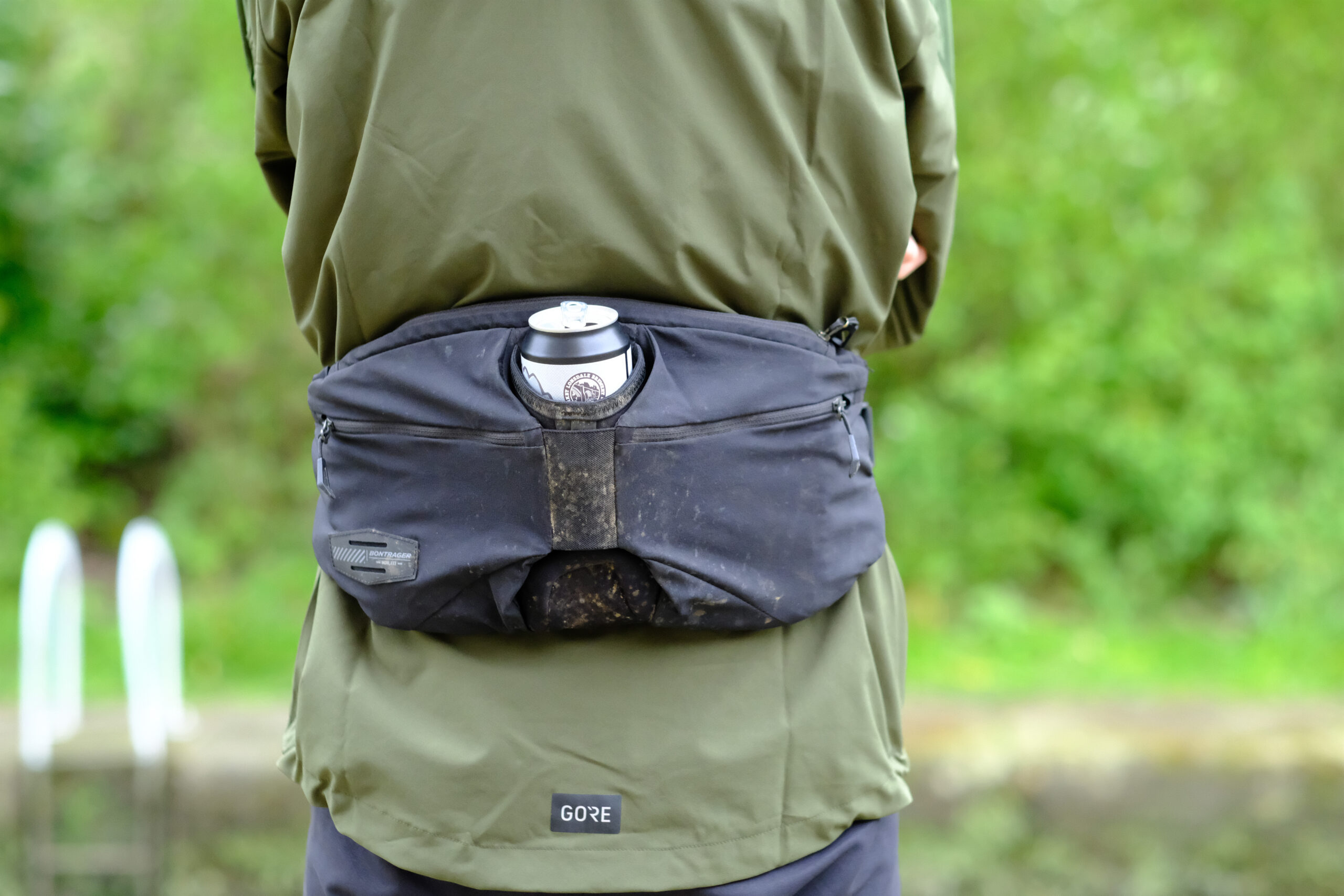
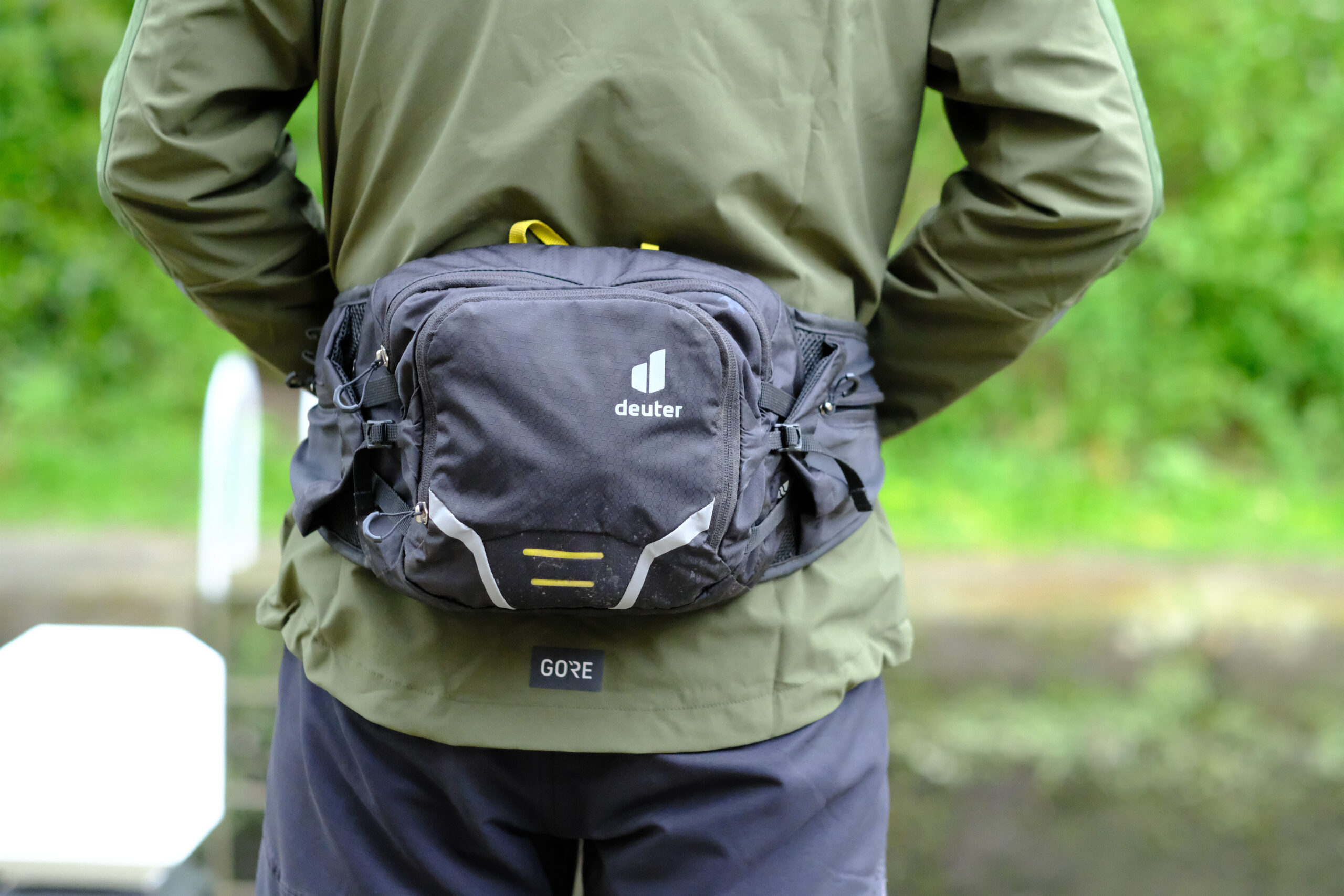
Deuter Pulse 3
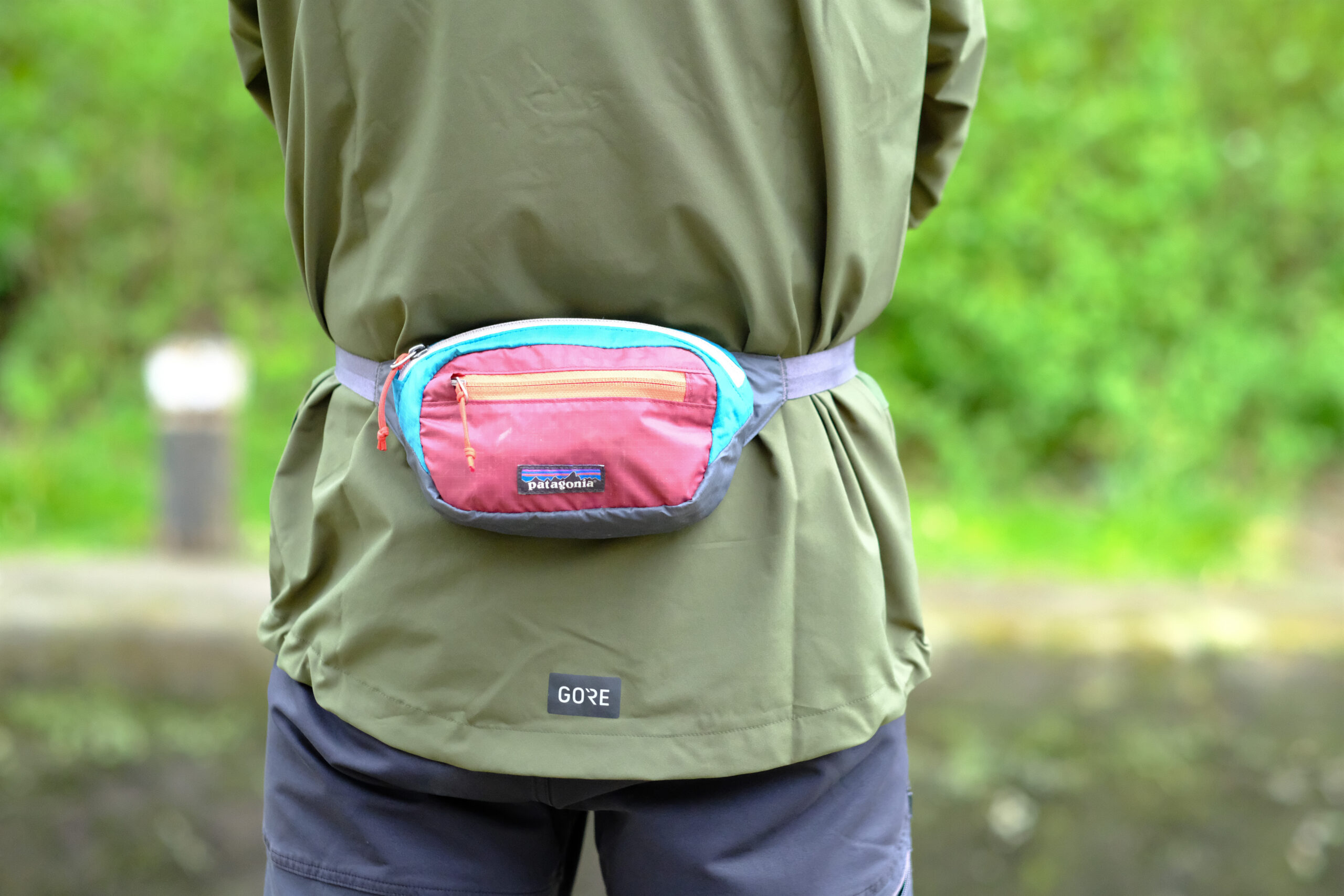
Patagonia Ultralight Black Hole Mini

